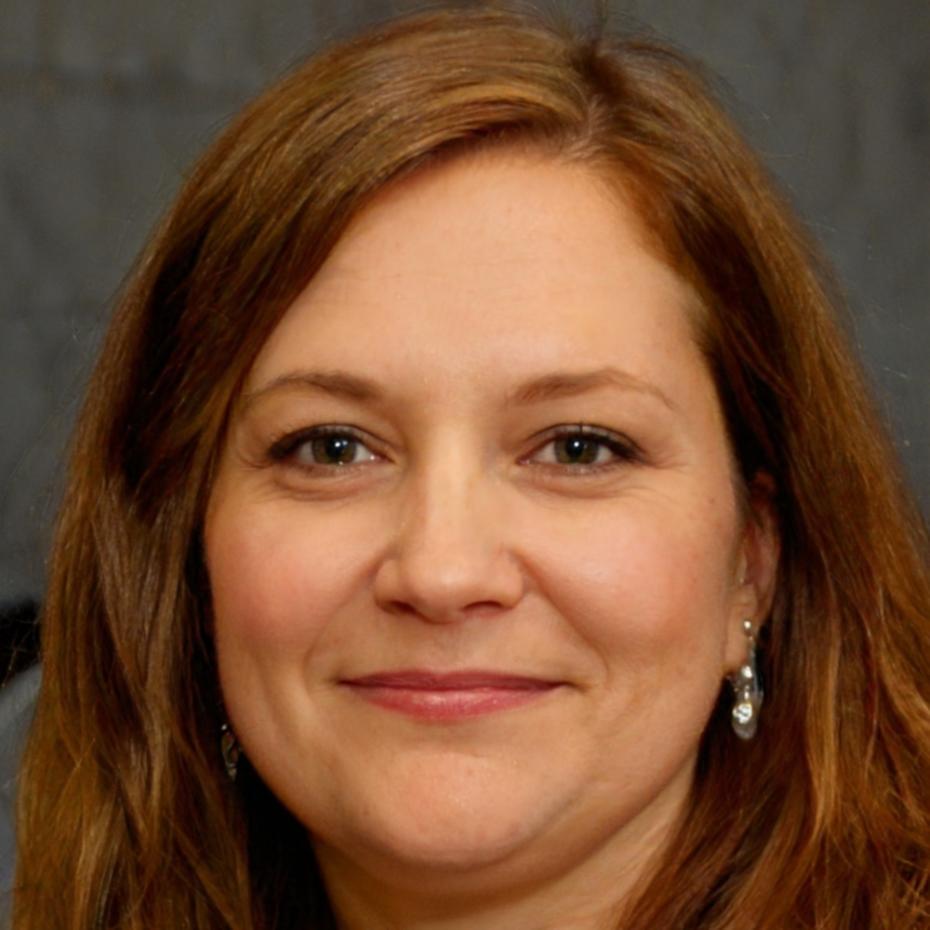What Makes This Different
Most modeling courses teach formulas. We focus on decision-making. You'll learn to structure financial analyses that business leaders can actually use when they need to evaluate investments or forecast performance.
Our curriculum comes from years of consulting work across industries. The models we teach are simplified versions of what companies pay consultants to build. That means less theory, more applied practice.
Classes run small — typically 8 to 12 participants. This lets us review your work individually and adjust pacing based on how quickly the group progresses. Some concepts click fast. Others need more examples.



